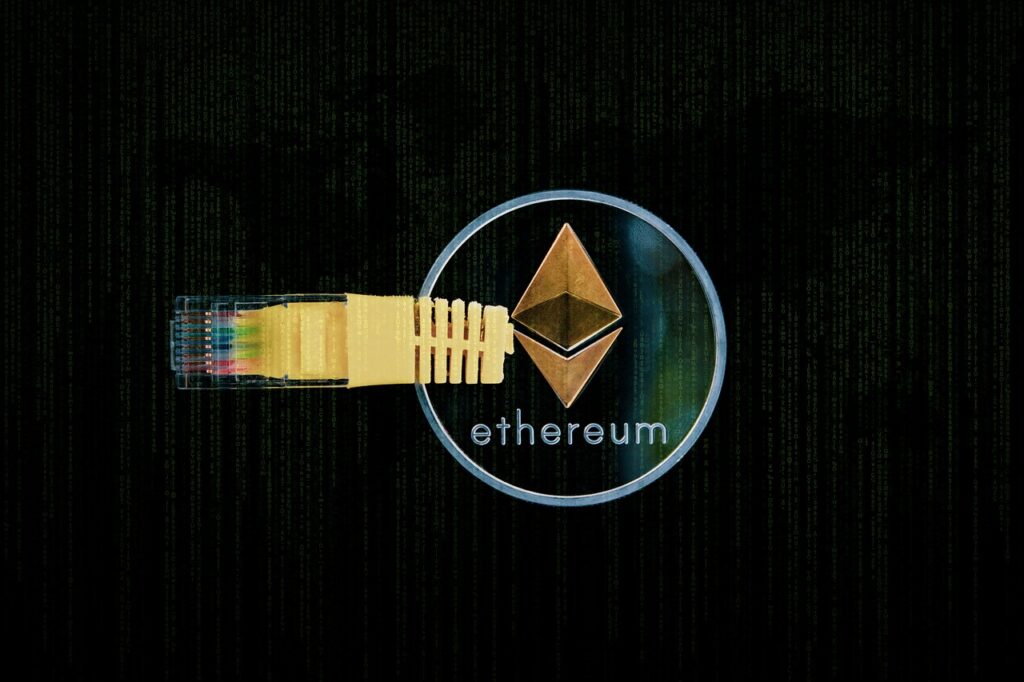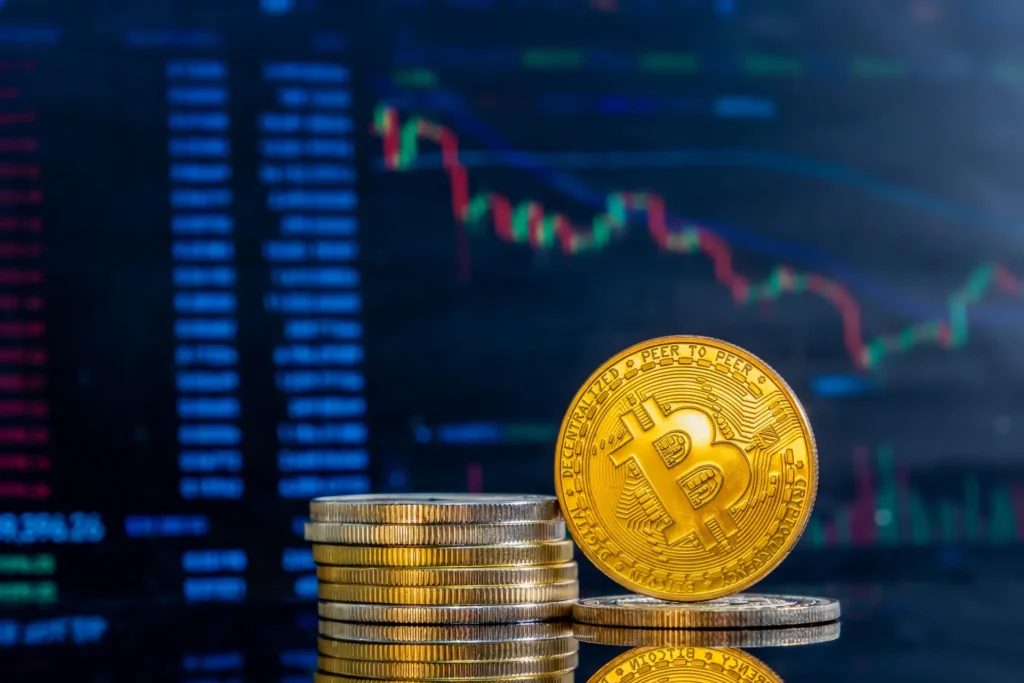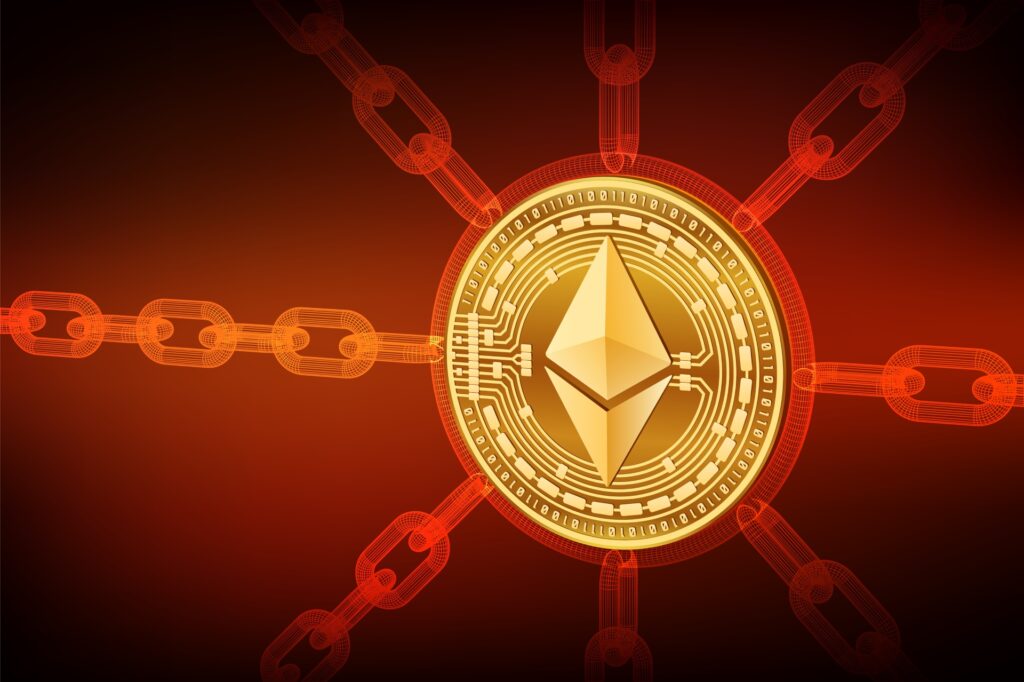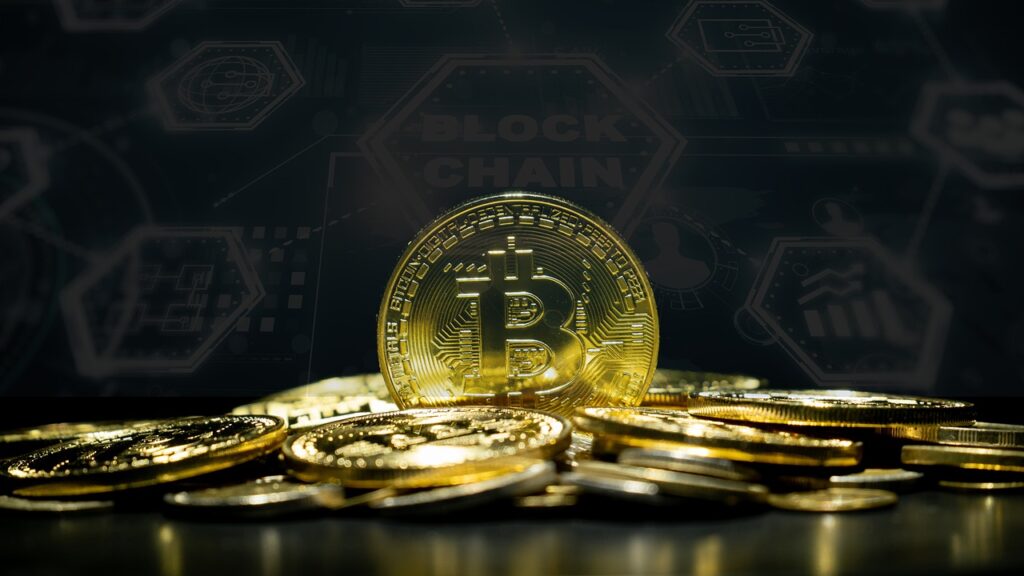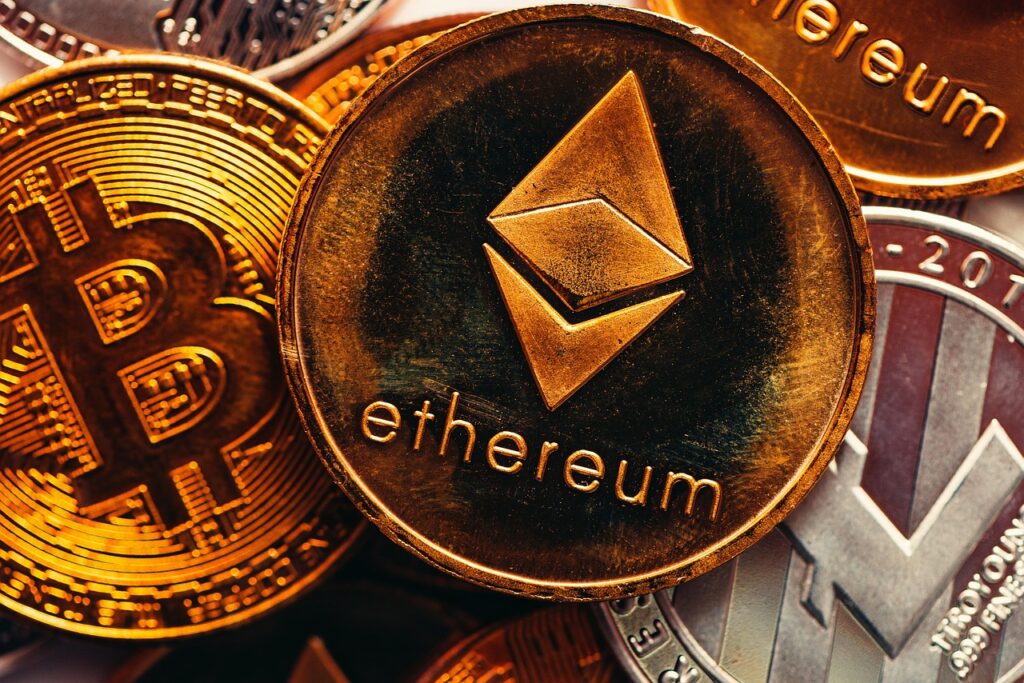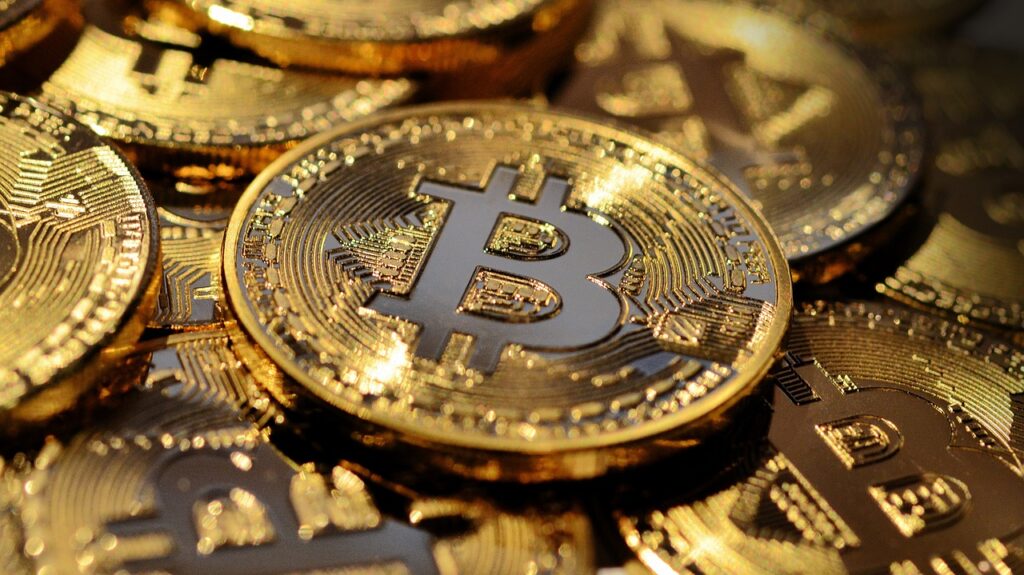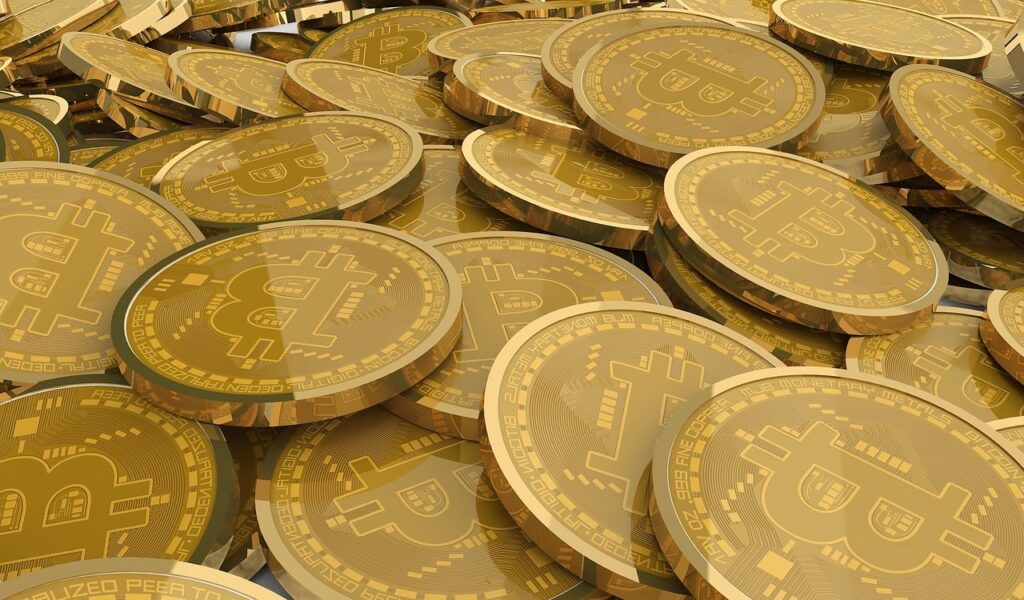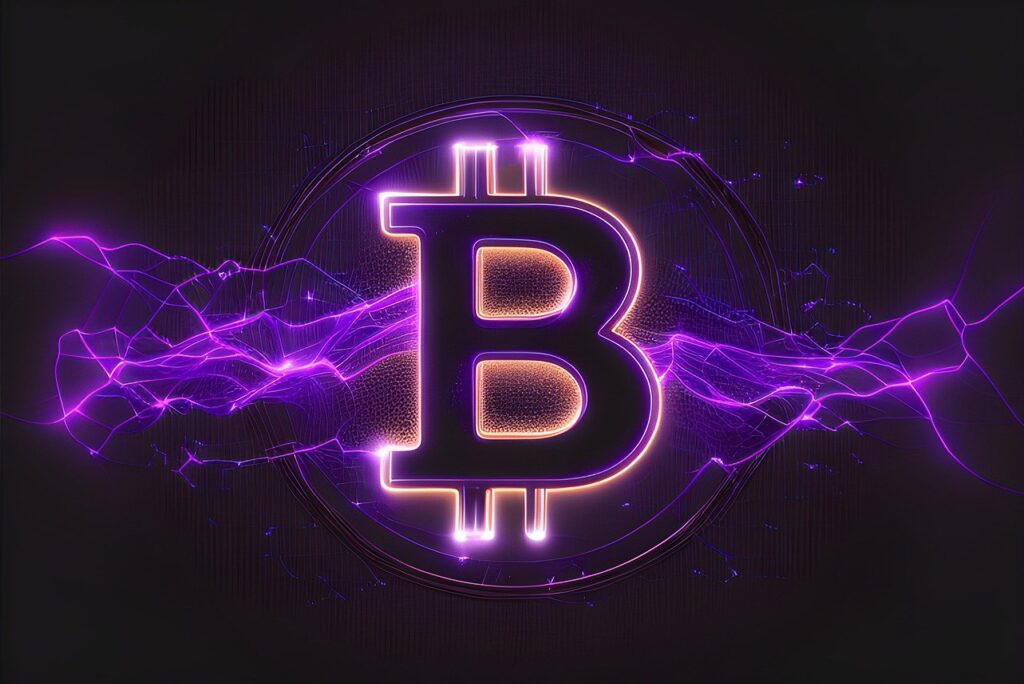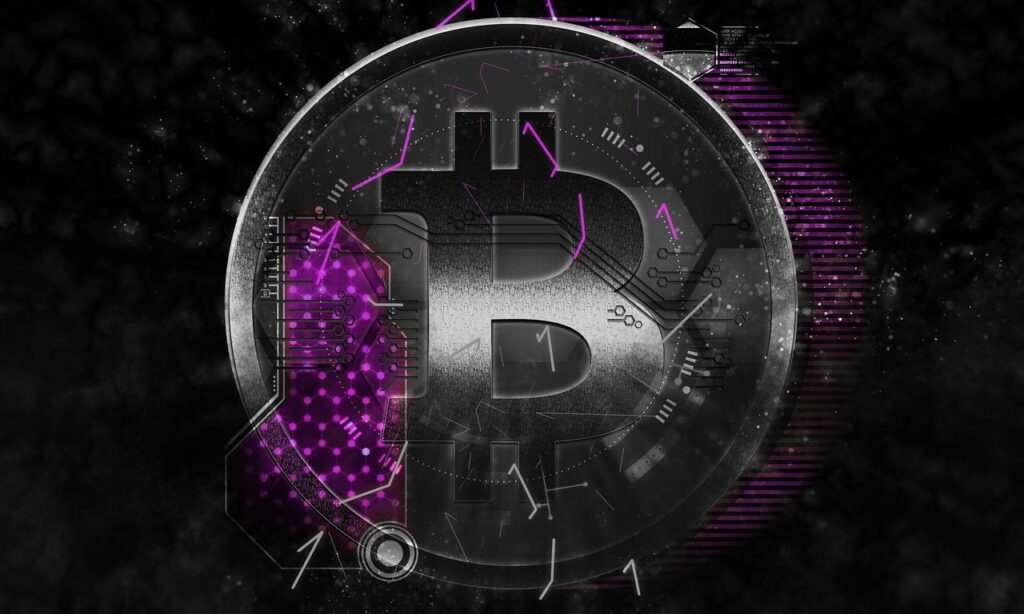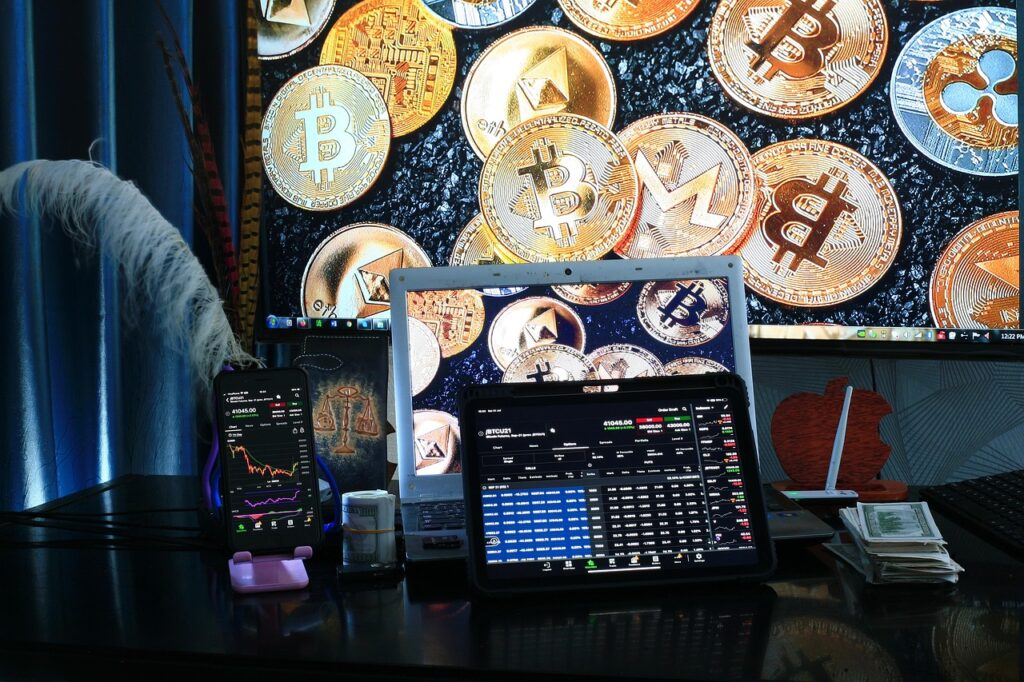In the rapidly changing realm of crypto and blockchain technology, no concept is as essential or as often ignored as the concept of decentralization. This is the fundamental premise that led to the development of Bitcoin and is still driving innovations across the entire crypto industry. But what is decentralization in real life? What is the significance? What are the practical impacts for users, investors, and the general public?
Table of Contents
- 1 What Is Decentralization in Cryptocurrency?
- 2 Key Benefits of Decentralization
- 3 1. Censorship Resistance
- 4 2. Reduced Single Points of Failure
- 5 3. Trustless Operation
- 6 4. Financial Inclusion
- 7 Risks and Challenges of Decentralization
- 8 1. Scalability Limitations
- 9 2. User Experience Complexity
- 10 3. Regulatory Uncertainty
- 11 4. Governance Challenges
- 12 The Spectrum of Decentralization
- 13 Real-World Impact and Future Implications
- 14 Disruption of Traditional Finance
- 15 Organizational Transformation
- 16 Digital Sovereignty
- 17 Conclusion: Finding the Right Balance
What Is Decentralization in Cryptocurrency?
Decentralization, at its heart, is the process of distributing power and authority from a central government. In conventional financial systems, banks, government agencies, as well as other central institutions, manage the flow of cash and maintain records of transactions, and determine the guidelines. However, decentralized cryptocurrency networks share these duties over a worldwide community of people.
The distribution of information is accomplished by using blockchain technology, which is a distributed ledger that tracks the transactions of many computers at the same time. The blockchain is not controlled by a single person or system; rather, it is governed by the use of consensus mechanisms that let multiple parties verify transactions and ensure the security of the system.
Key Benefits of Decentralization
1. Censorship Resistance
One of the most effective characteristics of systems that are decentralized systems is their ability to resist censorship. If no authority has control over the system, it is impossible for government officials or powerful institutions to stop transactions or to freeze assets. This can have a profound impact on those living in dictatorships or who are experiencing the financial crisis.
In the case of instances of crisis for currencies in countries such as Venezuela as well as Zimbabwe, the citizens of these countries have turned to Bitcoin as a source of worth when their currencies were unable to hold value. In the same way, dissidents who are unable to get access to traditional banks are using crypto to obtain money that they would otherwise have restricted.
2. Reduced Single Points of Failure
Centralized systems are susceptible to attack and downtime. In the event of a major bank experiencing problems with its system and millions of clients are affected, they could have to stop accessing their funds. If a central exchange goes down and billions of dollars in assets could be lost in one security attack.
Decentralized networks spread risk over hundreds of nodes. If one of them fails or is attacked, it will continue to operate. The resilience of the network means that truly decentralized cryptos are impossible to stop. Bitcoin, as an instance, has maintained almost 100% availability since its inception in 2009.
3. Trustless Operation
Traditional financial systems demand that users trust third-party institutions such as banks and clearinghouses, as well as payment processors, to make transactions securely and in good faith. Blockchain-based cryptocurrency solutions take over this trust requirement through the use of cryptographic confirmation.
The expression “Don’t trust, verify” illustrates this trend. Instead of depending on the trustworthiness of a particular institution, users can independently confirm transactions made on public blockchains. Smart contracts run automatically when certain conditions are fulfilled and without the need for trusting the counterparties.
4. Financial Inclusion
More than 1.4 billion people around the globe are not banked and have no access to basic financial services that are basic. Blockchain-based cryptocurrency platforms provide the possibility of a different route, needing just an internet connection as well as smartphones to take part.
The technology has also allowed individuals with no bank accounts to hold money, pay for transactions, as well as access credit services via the decentralized finance (DeFi) services. There are no barriers to entry. considerably lower than the ones imposed by traditional financial institutions that typically require formal identification or credit reports, as well as minimal reserves.
Risks and Challenges of Decentralization
1. Scalability Limitations
Decentralized networks often have significant scaling issues. A need for consensus among distributed nodes leads to an inherent lack of efficiency when compared with central alternatives.
Bitcoin, for instance, can handle around 7 transactions every second. Visa’s central network handles up to 65,000. This can cause congestion in periods of heavy demand, which results in higher costs for transactions and longer times to confirm transactions. Even though layer-2 and other mechanisms for consensus seek to solve these problems, scaling remains an issue.
2. User Experience Complexity
Self-sovereignty of systems that are decentralized shifts the responsibility onto the users. The management of private keys, the understanding of costs for gas, and custodial wallets can create a long process of learning for those who are new to the field.
This complexity has real consequences–countless users have lost access to their funds through forgotten passwords or improper backup procedures. Contrary to conventional banking, crypto has there’s no “forgot password” option or an agent for customer service to assist in retrieving stolen crypto assets.
3. Regulatory Uncertainty
The decentralized systems operate worldwide and often operate outside of existing regulatory frameworks. This causes uncertainty for both users as well as developers, because the legal status of a system can differ widely across countries and is constantly evolving.
A few governments have been embracing innovations in cryptocurrency, whereas others have passed complete or partial prohibitions. This variety of rules presents compliance issues for businesses that want to be globally accessible but still abide by local laws.
4. Governance Challenges
Decentralized networks need to devise mechanisms for decision-making as well as protocol updates. This has created a range of models of governance, ranging from Bitcoin’s very conservative system to more formal, on-chain voting techniques used by several newer initiatives.
The governance systems that they are governed by have to make complicated trade-offs in the security and efficiency of the system, as well as the true concept of decentralization. Unrest among the community can cause conflicting “forks,” where the blockchain breaks up into different versions, as occurred in the case of Bitcoin in 2017 and Bitcoin Cash in 2017.
The Spectrum of Decentralization
It is important to understand the fact that decentralization is an equilateral spectrum, not as the state of a binary state. Very few cryptocurrency initiatives are uncentralized in all aspects:
- Technology Decentralization: How spread out is the infrastructure of the network? Bitcoin is a global network of thousands of nodes that operate independently all over the world, and can achieve an extremely high level of technological decentralization.
- Wealth concentration: How equally is the distribution of tokens? A lot of projects are launched with large parts of the supply being controlled by investors, founders, or foundations.
- Centralization of Development: Who oversees the protocol and codebase? Certain projects heavily rely on foundation funds and the core team of developers.
- Governance decentralization: How is decision-making taken? The mechanisms range from the informal “rough consensus” to formalized”on-chain” voting.
The projects could be extremely distributed in some areas yet remain relatively central in others. As an example, Ethereum
has thousands of nodes, but has a remarkably powerful core development team, and some more modern protocols could feature more distributed development, however, with smaller independent validators.
Real-World Impact and Future Implications
The decentralization of financial systems is not just a design decision, but it can have profound consequences on how financial systems operate and for the individuals they are serving.
Disruption of Traditional Finance
Financial Decentralized (DeFi) platforms have revolutionized the banking industry without intermediaries. The lending protocols let users get interest-paying loans or borrow money without checking their credit. Decentralized exchanges allow traders to trade without the risk of custodial responsibility. This innovation increases access to financial services, but it also brings different forms of risk to the system.
Organizational Transformation
Decentralized autonomous organizations (DAOs) are exploring innovative methods of collective decision-making as well as resource allocation. They allow worldwide members to work together on common goals and treasuries that range from the investment in digital assets to establishing public items.
Digital Sovereignty
Since digital lives are becoming increasingly vital, decentralized systems give people more access to their online identity and personal data. Self-custodial wallets allow users to take full ownership over their digital possessions as well, and the emergence of decentralized identity systems will enable able to let individuals control the personal information they store without relying on the corporate platform.
Conclusion: Finding the Right Balance
It’s not a solution as such, but rather an approach to meet certain goals, including resistance to censorship as well as accessibility, security as well and user sovereignty. Different applications need different levels of decentralization. And the most popular projects achieve an appropriate balance in the specific situation.
As the ecosystem of cryptocurrency develops, we’re sure to witness continued development across the spectrum of decentralization. Certain apps will be more focused on decentralization to ensure security and resistance. Other applications will allow certain components that are centralized to enhance user experience or legal compliance.
The decentralizing capabilities of blockchain technology are opening up new possibilities in how we conduct economic activities as well as make collective decisions as well and interact with financial systems. If you’re a programmer, an investor, a developer, or an observer with an interest in the subtleties of decentralization is vital to understand the changing blockchain technology and its broad consequences for the digital future.

